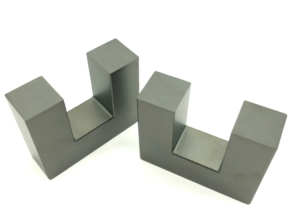
Introduction
Explanation of transformer core properties
Within electrical systems, transformer core properties encompass a multitude of characteristics that intricately define the core’s behavior and performance. These encompass magnetic permeability, saturation flux density, hysteresis losses, electrical conductivity, insulation resistance, dielectric strength, thermal conductivity, heat dissipation capabilities, and thermal expansion coefficient.
Understanding these properties is crucial in transformer design as they directly impact the efficiency, reliability, and safety of transformers. Engineers must consider these properties carefully when selecting materials, designing the core structure, and optimizing transformer performance. A thorough understanding of transformer core properties ensures that transformers meet the specific requirements of the application, operate efficiently, and contribute to the overall reliability of the electrical system.
Magnetic Properties of Transformer Cores
Magnetic Permeability
In the realm of transformer cores, magnetic permeability serves as the defining factor for the core material’s capacity to concentrate magnetic flux. This property dictates the efficiency of magnetic flux conduction, making materials with higher magnetic permeability, such as silicon steel or amorphous metal alloys, the preferred choice for transformer cores.
Saturation Flux Density
When discussing transformer cores, saturation flux density stands as a pivotal parameter. It signifies the maximum magnetic flux density a material can endure before reaching full magnetization. Exceeding this threshold can induce magnetic saturation, leading to heightened energy losses and diminished efficiency.
Hysteresis Losses
Hysteresis losses result from magnetizing and demagnetizing the core material during alternating current cycles. Minimizing these losses is crucial for improving transformer efficiency and reducing energy waste
Influence of these properties on transformer efficiency and performance
These properties collectively influence transformer efficiency and performance by affecting factors like energy losses, voltage regulation, and magnetic flux distribution. Engineers must carefully consider these properties during transformer design to ensure optimal performance and efficiency in electrical systems.